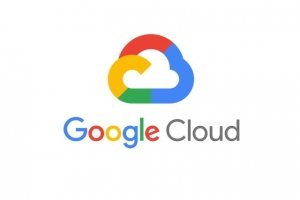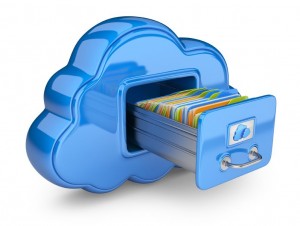4 More Protections for Your Business
![]() In our last blog post, we identified 3 must-have protections for any business using Google Workspace or Microsoft 365.
In our last blog post, we identified 3 must-have protections for any business using Google Workspace or Microsoft 365.
- Backup/Recovery
- Advanced Threat Protection
- Multi-Factor Authentication
In combination, these protections help prevent successful attacks and give you the ability to recover should an attack be successful.
Here are 4 more protections for your business
Putting these protections in place improves your ability to prevent attacks, and your ability to survive.
1 Next-Gen Endpoint Protection
Basic anti-virus protection is not enough. Scanning files for known or similar patterns will not protect you from modern malware or ransomware.
Next-Gen Endpoint Protection solutions use advanced heuristics, behavior analysis, and machine learning to assess threats in real-time. These solutions identify attacks, prevent them from running, and roll-back damaging activity.
2 DNS and Web Protection
Cyber attacks are not all breaches. Attackers can use DNS to block your use of the Internet or to impersonate you and your business. Both types of attacks hurt your business and your reputation.
Between 15% and 20% of malware is downloaded without your knowledge from websites. This malware is often hidden in third party content on websites your trust.
DNS protection creates a protective barrier that prevents others using your DNS service against you. Web Protection blocks dangerous web sites and prevents malware downloads to your devices.
3 Employee Communication and Education
Ignorance is not bliss. Employees who know are less likely to make a mistake and trigger an attack or breach. You want your team to understand:
- The danger of cyber attacks and how to avoid them
- The likely damage form cyber attacks
- What to look for
- What not to do
Employee communication and education is key to creating an aware and resilient team. Combined with testing and guidance, a communication and education program reinforces positive behaviors with on-going guidance and support.
4 Business Continuity for On-Premise Systems
Most small and midsize businesses still have some on-premise systems. The connectivity and integration across systems creates an increased risk for damage and loss. Even with backup/recovery in place, restoring systems, databases, applications, and data can take days. You want, and need, to be back in business quickly — in minutes or hours.
Business Continuity/Disaster Recovery (BCDR) solutions enable you to resume operations within minutes using images of your systems running in cloud data centers. With BCDR in place, your business runs smoothly while you recover your on-premise systems.
Failing to protect your data and systems is a failure to protect your business. Contact us for a free assessment of your data and business protection needs.

 In multiple blog posts over the past 2+ years, we have covered the changing and growing nature of threats to your organization, systems, and people. G Suite security offers
In multiple blog posts over the past 2+ years, we have covered the changing and growing nature of threats to your organization, systems, and people. G Suite security offers  For Small and Midsize Enterprises (SMEs), the regulatory landscape remains in a perpetual state of flux with changes originating at the Federal, state, and local levels. While some rules and regulations can severely impact your business’ operations, and profitability, many create requirements that you can easily satisfy at a nominal cost.
For Small and Midsize Enterprises (SMEs), the regulatory landscape remains in a perpetual state of flux with changes originating at the Federal, state, and local levels. While some rules and regulations can severely impact your business’ operations, and profitability, many create requirements that you can easily satisfy at a nominal cost. According to the
According to the 



